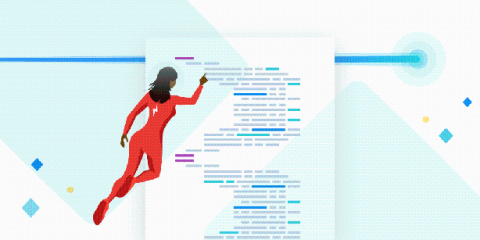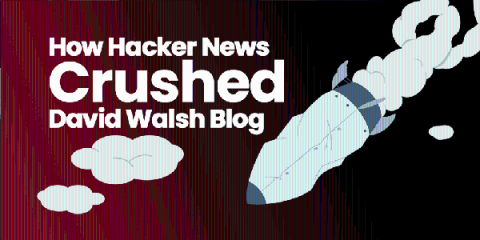Operations | Monitoring | ITSM | DevOps | Cloud
Latest News
The Best Ways to Make Your Business Agile During the Pandemic
Adopting a BYOD policy amid the COVID-19 era
In the midst of the COVID-19 pandemic, even companies that had said no to BYOD have come to terms with it, as a fair share of remote work would not even be possible without such a policy. Pandemic or no pandemic, on-the-go data access has always enabled employees to get work done quickly and efficiently. It guarantees better communication with colleagues, improves customer service, and device familiarity brings employee satisfaction and increased productivity.
November Launch Notes: Work at Raygun, a new Raygun agent, and more
Going up? Uptrends expands to a second floor
Uptrends has always focused on providing a quality product with solutions to solve real problems for businesses of all sizes. Staying laser-focused on our customers’ needs led to organic growth that has expanded at a comfortable pace over the last thirteen-plus years. However, slow, steady growth is relative to the size of the endeavor, and as our products and services grew, so did the resources needed to sustain growth. So we grew—faster than expected.
The Best Ways to Make Your Business Agile During the Pandemic
How to remove malware from your Android
How Hacker News Crushed DavidWalshBlog
Tutorial: Monitoring Your Core Web Vitals
Your team is running containers, but are they secure?
Organizations are modernizing IT infrastructure, restructuring teams, and accelerating application delivery with containers and Kubernetes. As with any technology, organizations are at various places within their journey. However, according to Gartner, more than 75% of global organizations will be running containerized apps in production by 2022. Chances are your team is using containers for some applications.









